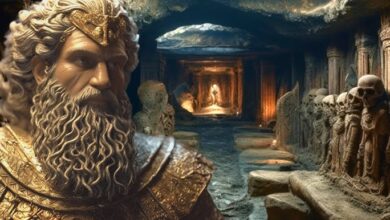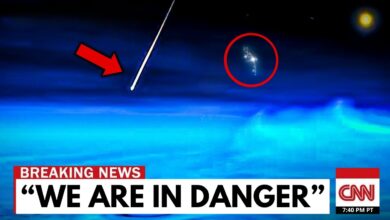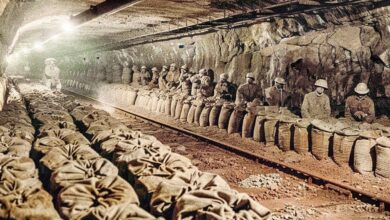Invisible Wall That Animals Don’t Cross
The Wallace Line is an invisible boundary in Indonesia that splits the islands of Bali and Lombok. While seemingly just 32 kilometers across, this strait divides two dramatically different ecosystems: to the west lies the familiar Asian wildlife, including tigers, rhinos, and elephants, while to the east are animals typical of Australia, such as kangaroos and komodo dragons. Despite the short distance, animals on either side of the Wallace Line do not cross, marking a natural division that has baffled scientists for over 150 years.
In the mid-19th century, Alfred Wallace, a naturalist, began to notice this peculiar division while exploring the Malay Archipelago. He documented that species on either side of the boundary were completely distinct, raising questions about how these ecosystems could remain so separate. Wallace’s observations laid the groundwork for biogeography and even contributed to theories of evolution. The Wallace Line became a major biogeographical marker, distinguishing the distribution of flora and fauna in Asia from those in Australasia.
The origins of this boundary trace back to the ancient supercontinent Pangaea, which gradually split due to tectonic plate movements, creating isolated landmasses where species evolved independently. After Pangaea divided, regions like Sunda (connected to Asia) and Sahul (linked to Australia) emerged, allowing unique species to develop within each region. When the Ice Age ended, rising sea levels flooded these ancient land bridges, establishing a permanent ocean barrier.
Although a narrow strait separates Bali from Lombok, the Wallace Line remains uncrossed by most wildlife. Animals that typically migrate across great distances do not attempt the journey. Birds, turtles, and mammals adhere to this invisible line as though bound by an unseen force. This phenomenon suggests that evolution and the environment have isolated each side’s ecosystems so profoundly that even migrating animals would struggle to adapt to the new habitat if they crossed.
Further studies revealed that the Wallace Line was not unique. The Weber Line and Lydekker Line, discovered by scientists Max Weber and Richard Lydekker, represent similar biogeographical boundaries in the region. Each line highlights a gradual shift in species distribution, reflecting the complex history of tectonic shifts and evolution that shaped these ecosystems.
The Wallace Line isn’t only about animals—plants, too, face restrictions here, though they cross more easily than animals, aided by wind and ocean currents. Most eucalyptus trees, for instance, remain on the Australian side, with the rainbow eucalyptus as a rare exception on the Philippine island of Mindanao.
Intriguingly, ancient humans known as the Denisovans managed to cross the Wallace Line. Genetic studies reveal that modern Papuans and Indigenous Australians retain Denisovan DNA, indicating that they reached Australasia using simple tools and crafted vessels.
This early human journey across treacherous waters likely involved navigating strong currents, leaving a rare but lasting genetic footprint in the populations east of the line. However, Denisovans left little to no trace in Southeast Asia, suggesting that only a small group of these ancient humans made it across, perhaps later outcompeted by Homo sapiens.
The Wallace Line exemplifies how geological changes, evolution, and natural barriers shape the distribution of life. Despite centuries of exploration, the mystery of this boundary endures, with scientists continuing to seek insights into how such a narrow strait could enforce such profound ecological isolation.









